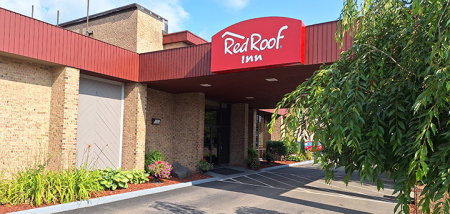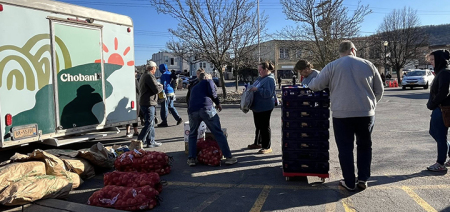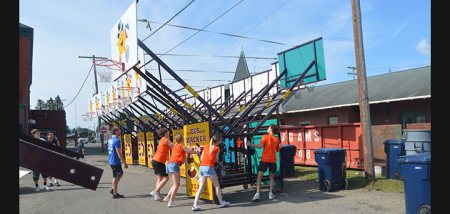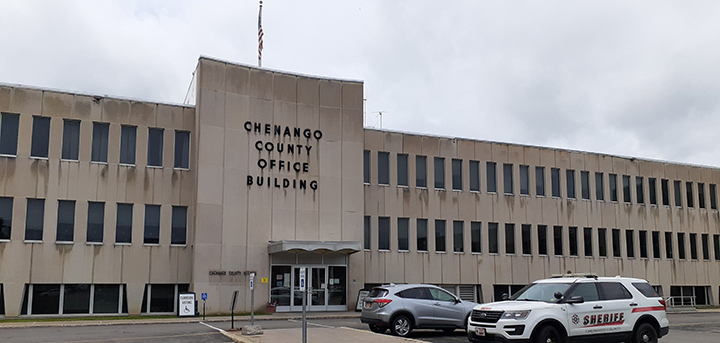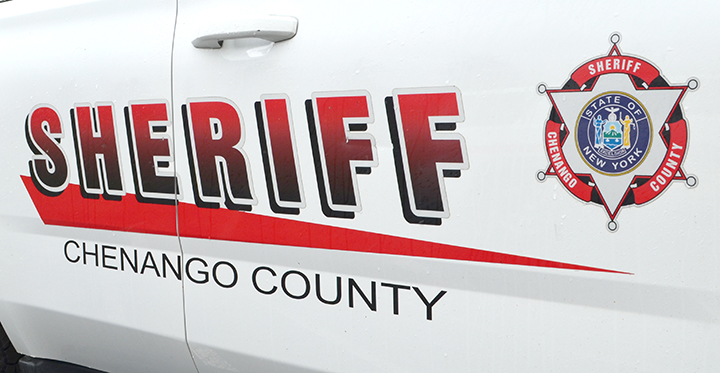Senate Task Force Fighting Heroin Abuse
Published:
March 24th, 2014
By:
Sen. James Seward
Turn on the radio news, pick up a newspaper, or watch the local television news and it won’t be long before you are hit with a story, or stories, detailing recent issues involving the rise in use of heroin. The abuse of this dangerous, highly addictive drug has clearly reached epidemic proportions.
Law enforcement resources are being stretched thin, public health costs are skyrocketing, and lives are being lost. Heroin is infiltrating all social, economic, and geographic sectors of our state and we need to take comprehensive action to end this scourge.
Heroin’s deadly affects are well established, and the number of users, along with overdose victims, is increasing. A 2012 federal survey on drug use and health reported that the number of people who said they used heroin in the past 12 months rose from 373,000 people in 2007 to 669,000 people in 2012. The report also showed that the number of people dependent on heroin rose from 179,000 people in 2007 to 369,000 in 2011.
According to the National Institutes of Health (NIH), in 2011, 4.2 million Americans aged 12 or older said they had used heroin at least once in their lives. The NIH estimates that approximately 23 percent of individuals who use heroin become dependent on this highly addictive drug.
The recently approved senate budget resolution included $5 million for increased heroin prevention, treatment, and recovery support services. The resolution also included a measure to increase the penalties for drug dealers by making it a class B felony for anyone to possess 50 or more individual packets of heroin and/or an amount of heroin with an aggregate value of at least $300. I am hopeful that these measures will be part of the final state budget.
Going further, I am pleased that I have just been named to a special Senate Task Force on Heroin and Opioid Addiction. The bipartisan task force will examine the issues and solicit input from experts and other stakeholders about addiction prevention and treatment options, the rise in heroin and opioid use, and the potential for drug-related crimes and other negative community impacts. The task force will then develop recommendations which will be used to draft legislation to address the issues raised.
The task force will also examine the crimes that accompany increases in illegal drug activity. In February, the New York Times reported that the federal Drug Enforcement Administration’s (DEA) heroin seizures in New York State increased 67 percent over the last four years. The DEA’s New York office seized 144 kilograms of heroin, nearly 20 percent of its seizures nationwide, valued at roughly $43 million.
New York State’s landmark I-STOP law enacted a controlled substance reporting system that has successfully hindered the prescription drug black market. An unfortunate consequence has been a rise in heroin abuse. According to the NIH, abuse of prescription drugs may open the door to heroin use. It is reasonable to believe that, as one drug supply is extinguished, addicts will turn to another source. This certainly can account for, at least in part, the recent spike in heroin use.
As we take aim at this growing trend, it is important that we advance a multi-prong strategy. We must make sure that addicts can access treatment so they can break the stranglehold this drug has on them. At the same time, we also must punish the drug dealers who trade in this poison and prey on others.
Community groups have been forming throughout my district. Experts in addiction, law enforcement officials, and concerned citizens are coming together to stand up and fight this deadly drug which is tearing apart families and destroying lives. I look forward to working with these determined people to and put an end to this deadly epidemic.
Author: Sen. James Seward - More From This Author
Comments
